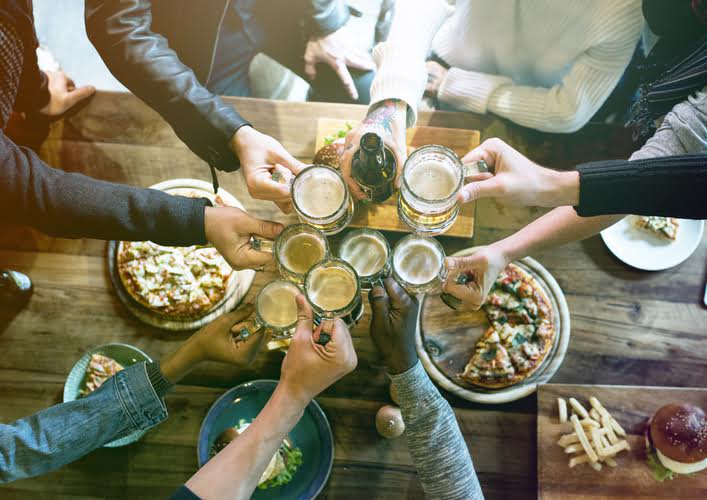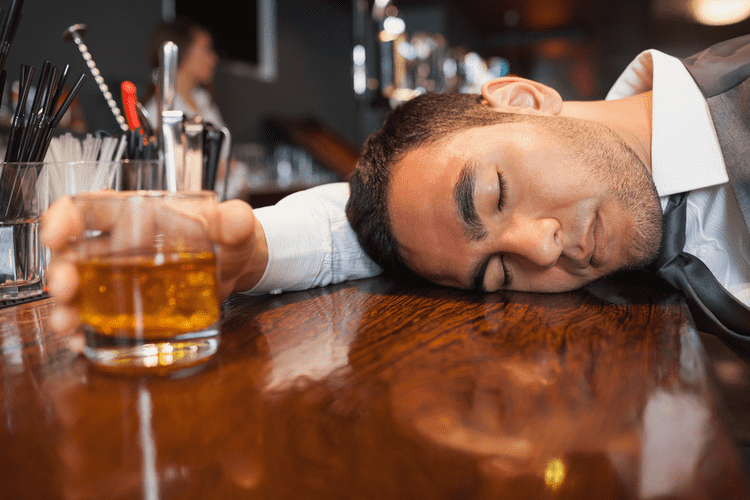Another study found that people who partake in leisure activities have lower stress levels and better stress-management skills. In these difficult times, we’ve made a number of our coronavirus articles free for all readers. To get all of HBR’s content delivered to your inbox, sign up for the Daily Alert newsletter. Smalley knew early in his career that he wanted to be more hands-on in helping couples. One of the first things that we neglect when we are stressed is our eating habits. We might save some time to dedicate to solving the problem by grabbing a bite out or getting some fast food.
There really is no sense in asking how his day was because, frankly, I already know. The obvious answer for some might be to simply quit and get another job. But that’s just not doable for many families, including ours.
Sign-up to stay up-to-date with the latest health news and practical tips.
When you notice some of the signs above in your loved one, you may do nothing, get stressed too, or try to work on it together constructively. By Elizabeth Scott, PhD
Elizabeth Scott, PhD is an author, workshop leader, educator, and award-winning blogger on stress management, positive psychology, relationships, and emotional wellbeing. Do your best to use commute time as a “transition time,” during which you reset and refocus. Think of it as having some “me-time” to prepare for what you are going to walk into when you get home. Rachel Goldman, PhD FTOS, is a licensed psychologist, clinical assistant professor, speaker, wellness expert specializing in eating behaviors, stress management, and health behavior change.
It helps your partner broaden their perspective and identify their blind spots. Therefore, to be able to support your spouse, observe for symptoms. Check if your partner is withdrawn, restless, easily triggered, moody, worried, or forgetful.
How to Help Your Spouse Cope with Work Stress
As Christine Scott-Hudson, licensed psychotherapist and owner of Create Your Life Studio, tells Bustle, making a plate of your partner’s favorite comfort dish can help to melt away their stress. “Our bodies crave carbs to ensure that we will have enough energy stored,” Scott-Hudson says. “Eating carbohydrates stimulates the brain to release feel-good pleasure hormones to reduce tension quickly and give us feelings of readiness and preparedness to handle whatever stressors come our way.” So I’m just going to list a few practical things that have helped our own relationship and hopefully, you can find something(s) to try.
Be aware of what causes your stress and take breaks during your work day. Taking short breaks can recharge you and reduce stress levels. Seeking professional help through therapy can allow you to develop coping strategies for managing stress. Online stress therapy makes the process as easy as possible — it’s convenient, affordable, and effective. A licensed therapist can share effective stress management techniques.
Why Am I So Stressed After Work?
Take the grief of losing someone you love – there aren’t really any steps that can be taken. You just have to let it run its course and trust that time will heal. Just be aware that not all sources of stress can be overcome with a plan. This doesn’t solve the root problem, but it does help alleviate the symptoms of stress. Stress tends to send our minds into overdrive as we go over things again and again. Remind them that you are not going anywhere and that your relationship will only grow stronger.

You can support your partner during stressful times and use the unhappy situation to get closer as a couple. Helping where I can have been such a help to my husband’s stress levels that I truly enjoy looking for ways to make things easier for him, even though I’m incredibly busy, too. And he likes to “return the favor” which always makes him happy. Just being there for each other makes you feel you’re not alone, which can sometimes be a stress response. If you have ever experienced stress, then you will know just how debilitating it can be. There was about a six-month period where I struggled so much with prolonged stress that my mental health started declining.
Make Your Non-Work Time Count
Even when you love what you do, your job — any job — has its share of stress. Sure, you may come home from work worn out physically, but often the strains you feel are mental, emotional or even relational. Your stressed wife or husband may need something completely different from what you need when feeling distressed. If you offer your solutions and coping mechanisms, it might not help them. Many people who are unable to leave work at work have sleep difficulties because they are replaying everything in their mind and their mind is not able to shut off enough to go to sleep. If worry about work is interfering with your relaxation or sleep time, considering doing a “brain dump,” or writing a to-do list or worry log as part of your bedtime or relaxation routine.
- Engaging in fun activities with loved ones can provide a much-needed break from work-related worries while strengthening social bonds.
- Steve Phillips-Waller is the founder and editor of A Conscious Rethink.
- Eating nutritionally balanced foods helps your body get essential nutrients to battle stress and maintain general well-being.
- But even if they can’t bring themselves to say those words, they should calm down given time.
Let them know that you see them struggling, validate their feelings, and simply ask what they need. The best case scenario for both individuals and the health of the relationship is the dyadic coping option. If your partner just needs to vent what they feel in order to release tension, give them the space to do so. That means, put all distractions away, and how to destress after work give them your undivided attention. “Your role now is to be there to listen to them,” Celia Schweyer, dating and relationship expert at DatingScout, tells Bustle. “Make them feel like they have a shoulder to cry on and be present. Most of the time, that’s better than talking them out of stress.” Unless they ask for advice, don’t feel the need to give it.
 Cart is empty
Cart is empty 

